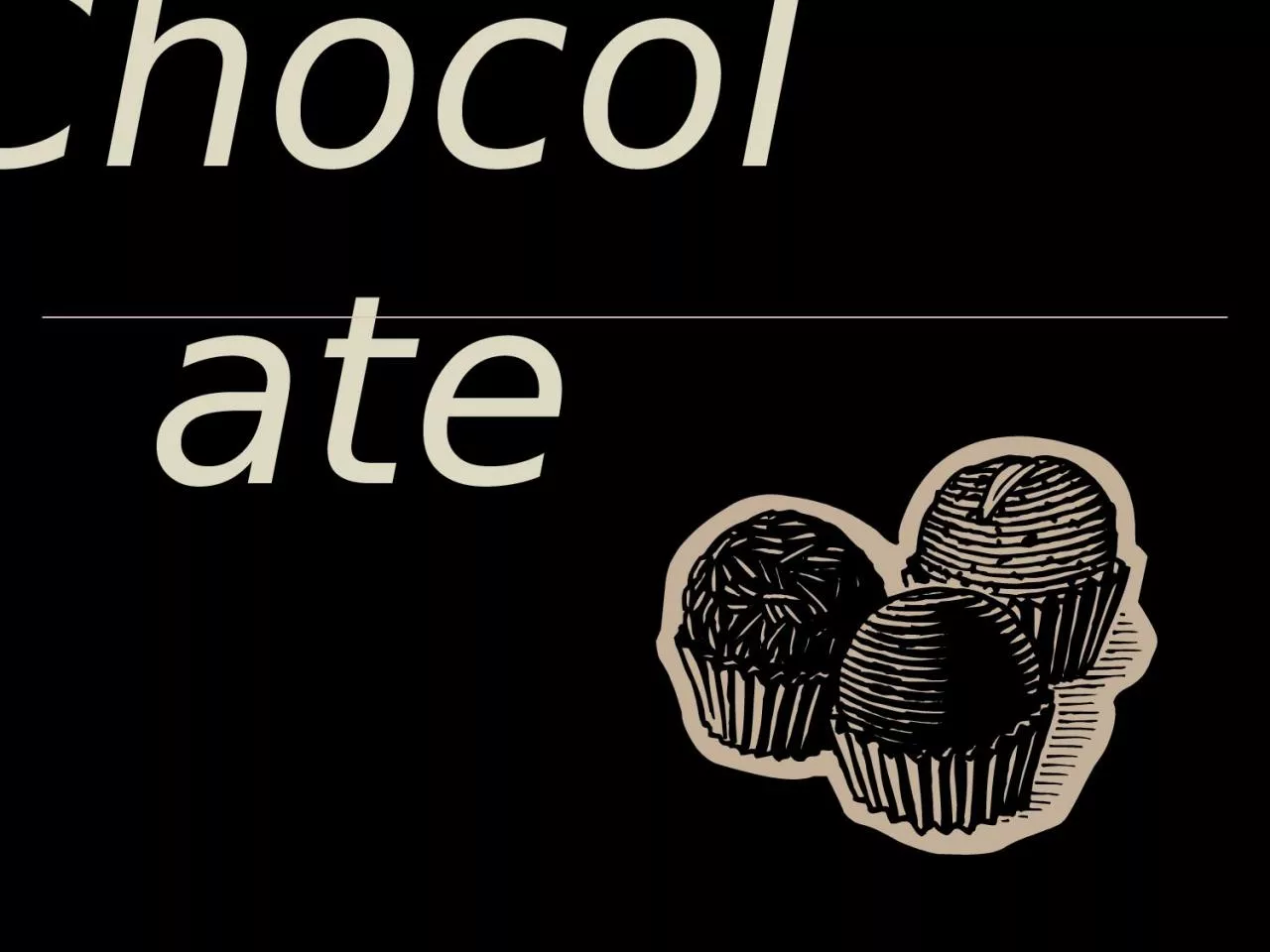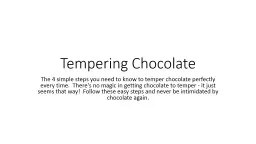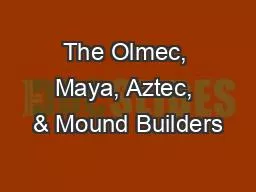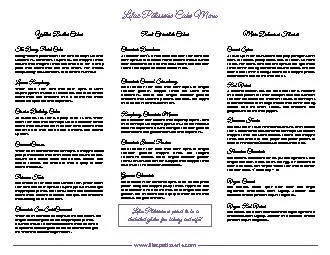PPT-Chocolate History Commonly believed to have originated in the Aztec culture, but actually
Author : scarlett | Published Date : 2024-01-29
Olmecs who lived in a tropical area on the Gulf of Mexico Earliest known cacao plantations were formed between 1500 and 400 BC Originally grown for the white fruit
Presentation Embed Code
Download Presentation
Download Presentation The PPT/PDF document "Chocolate History Commonly believed to h..." is the property of its rightful owner. Permission is granted to download and print the materials on this website for personal, non-commercial use only, and to display it on your personal computer provided you do not modify the materials and that you retain all copyright notices contained in the materials. By downloading content from our website, you accept the terms of this agreement.
Chocolate History Commonly believed to have originated in the Aztec culture, but actually: Transcript
Download Rules Of Document
"Chocolate History Commonly believed to have originated in the Aztec culture, but actually"The content belongs to its owner. You may download and print it for personal use, without modification, and keep all copyright notices. By downloading, you agree to these terms.
Related Documents














